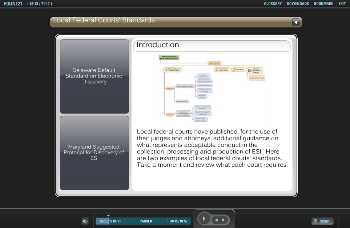I just finished reading a great interview with Ron Utterbeck from GE, covering the company’s internal social networking efforts and am once again amazed at how this technology is revolutionizing how we work. GE is using it to consolidate a mish mash of collaboration tools its people were already using and with great results. Believe it or not, guess what? Your people are also using these tools to connect, chat, exchange ideas, share files and eliminate road blocks to their productivity - whether or not you approve of them doing so! Don’t believe me? Get with the program!
There are quite a few takeaways from this interview, but five that I feel bear stressing.
1. Have a goal.
Deploying an internal social networking tool, like any strategic technology investment, should have at its core the solution of a problem or the achievement of a goal. This tidbit cannot be stressed enough. And we’re not talking SMART goals here as we do with our training programs, or goals of meeting a specific ROI target as a result of the initiative. You need goals that stretch the capabilities of what your people can achieve collaboratively by using the technology as opposed to continuing to operate as you have been. If the tool doesn't help your people achieve stretch goals, its value proposition will diminish in the eyes of your users and usage will drop.
2. Brand it.
Although this didn't really come up in the interview with Ron, branding the tool will give it a personality and the right branding could spell success or failure. The branding should be aligned with your goals for the social network, as well as the values you wish to promote throughout your culture with the tool. Want to increase collaboration and improve employee engagement? Heck, launch a contest and have cross-functional teams of employees develop the brand for you! What better way to engender them to it and give them a stake in its success.
3. Start small, launch fast.
Organizations at times have a tendency to treat internal products and services as they do their client facing ones in the sense that it doesn't get rolled out until it’s perfect, polished, and has undergone numerous rounds of quality control reviews. Only then do they see the light of day. Yet, in this instance, getting it out there and gathering input should be the priority. The main reason- the organization has no way of knowing beforehand how its users will use the network, and which features will gain prominent use in the network. It’s important to get it out there, and track what works and what doesn't, and based on user requests for functionality develop and improve on the platform’s capabilities.
4. Let users drive the evolution of it.
Social networks should evolve iteratively based on users’ demands on the network and the value gained from prioritizing certain improvements over others. Or, as Orwell would have it- All improvements are equal but some improvements are more equal than others. There is no way that management can anticipate the many ways its people will use the network, and should therefore allow the growth and evolution of the platform to be driven by feedback from its users. Notice how GE launched with a small group of power users and provided easy to use feedback mechanisms to learn what was working and what users wanted to see.
5. Training is essential.
Being a highly collaborative team of instructional designers, we couldn't help but notice GE’s emphasis on training their people on using good judgment when using the network. It might be tempting to cut the proverbial corner and deploy an internal social network without it- but be familiar with the risks and liability you are exposing yourself to by doing this. You can expect inappropriate information to be shared for all to see, maybe even confidential business plans without this crucial component of the rollout. Is this really a risk you are willing to take? We don’t recommend it, and encourage you to contact us for a brief conversation about your training needs for the project.
"We believe social media and online communities can be a great way for GE employees to share expertise and perspectives with their family, friends, colleagues, customers or potential employees around the globe or down the street. But it’s important to know what should or should not be shared. We teach them the basics and how to use good judgment." -Ron Utterbeck
Internal social networks can be a blessing for your corporate culture. GE is realizing tremendous benefits from its ability to leverage the company’s collective knowledge and so can you. Developed and deployed properly, your business stands to gain insights about your employees, your products, and your customers that you would have never gleaned otherwise. This knowledge can become an incredible business driver, and can give you a competitive advantage in your market.
- Alex Santos
Alex is a co-founder and Managing Member of Collabor8 Learning, LLC, an instructional design and performance management consultancy. His firm collaborates with organizations to enhance the way they develop and train their people. To learn more about Collabor8 Learning, click here.
Alex can be reached at 786-512-1069, alex@collabor8learning.com or via Twitter@collabor8alex.




